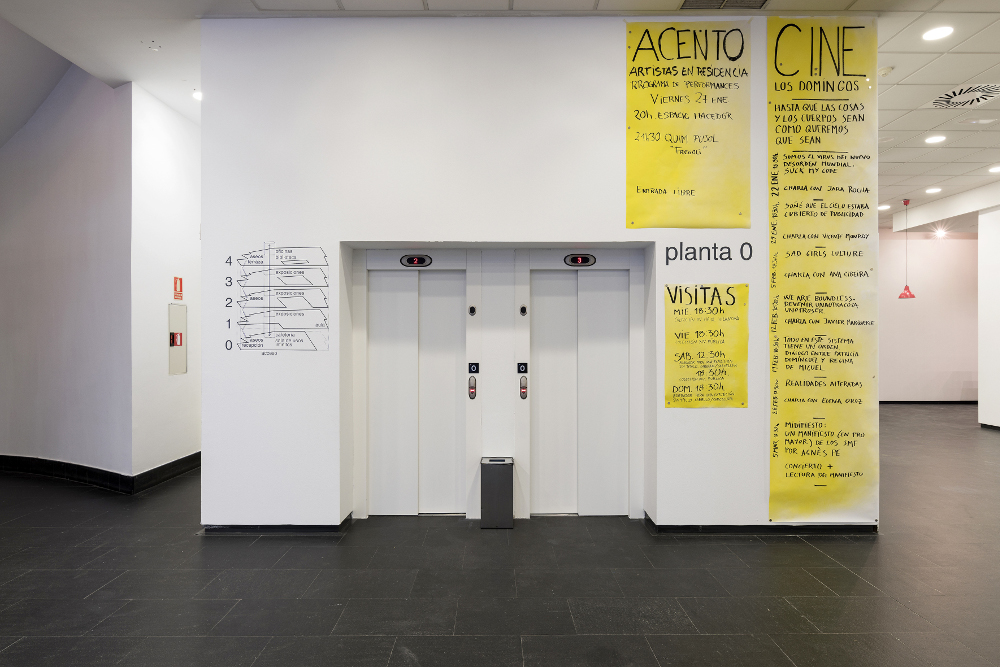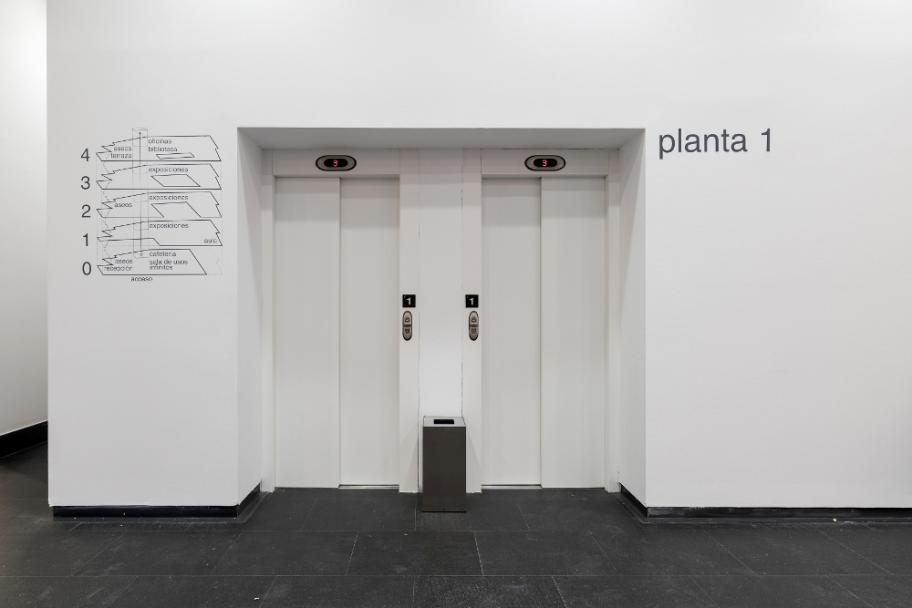Among the various artistic interventions contingent on the exercises in architectural acupuncture begun in autumn 2016 at CA2M, Dora García has conceived an exhibition which takes the form of new signage in a permanent intervention that involves all the art centre’s various spaces.


